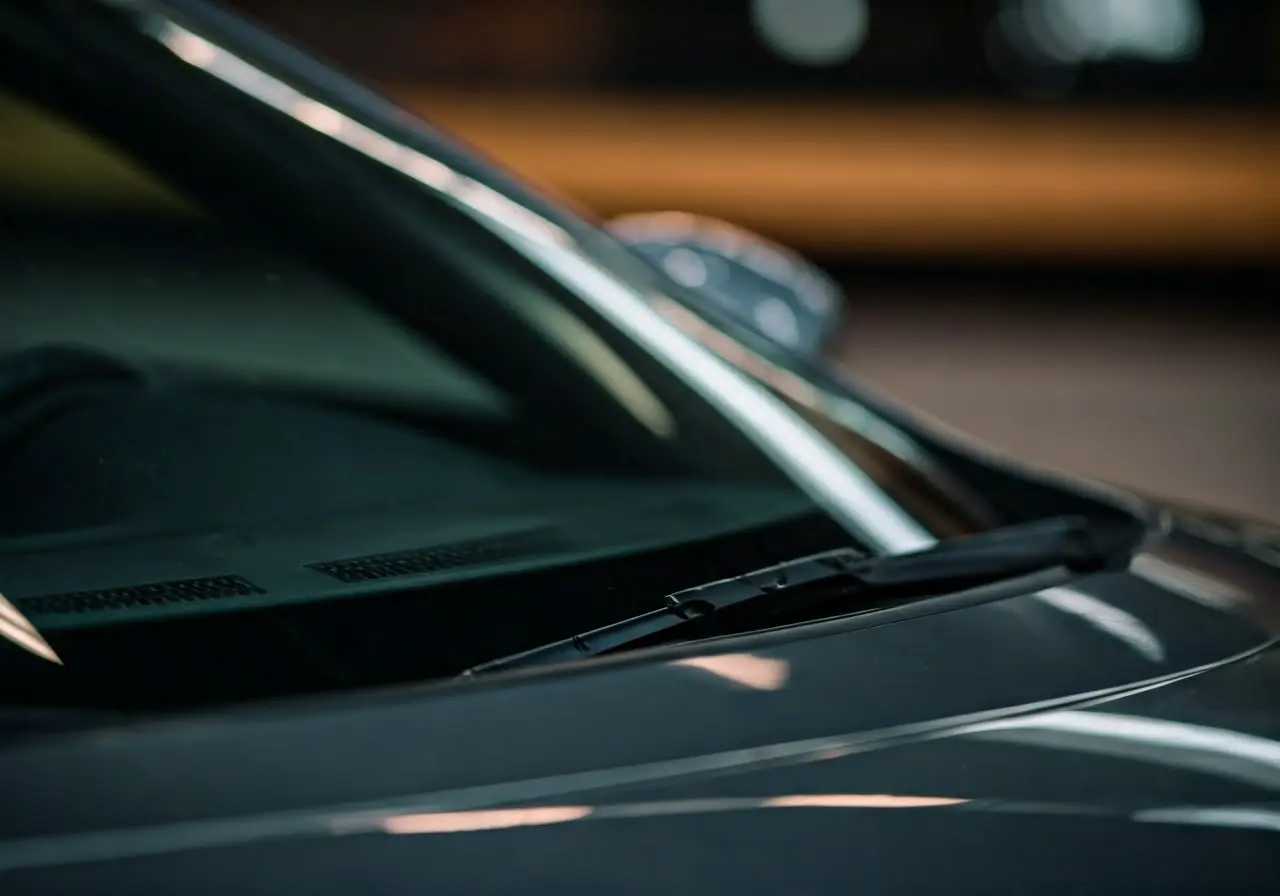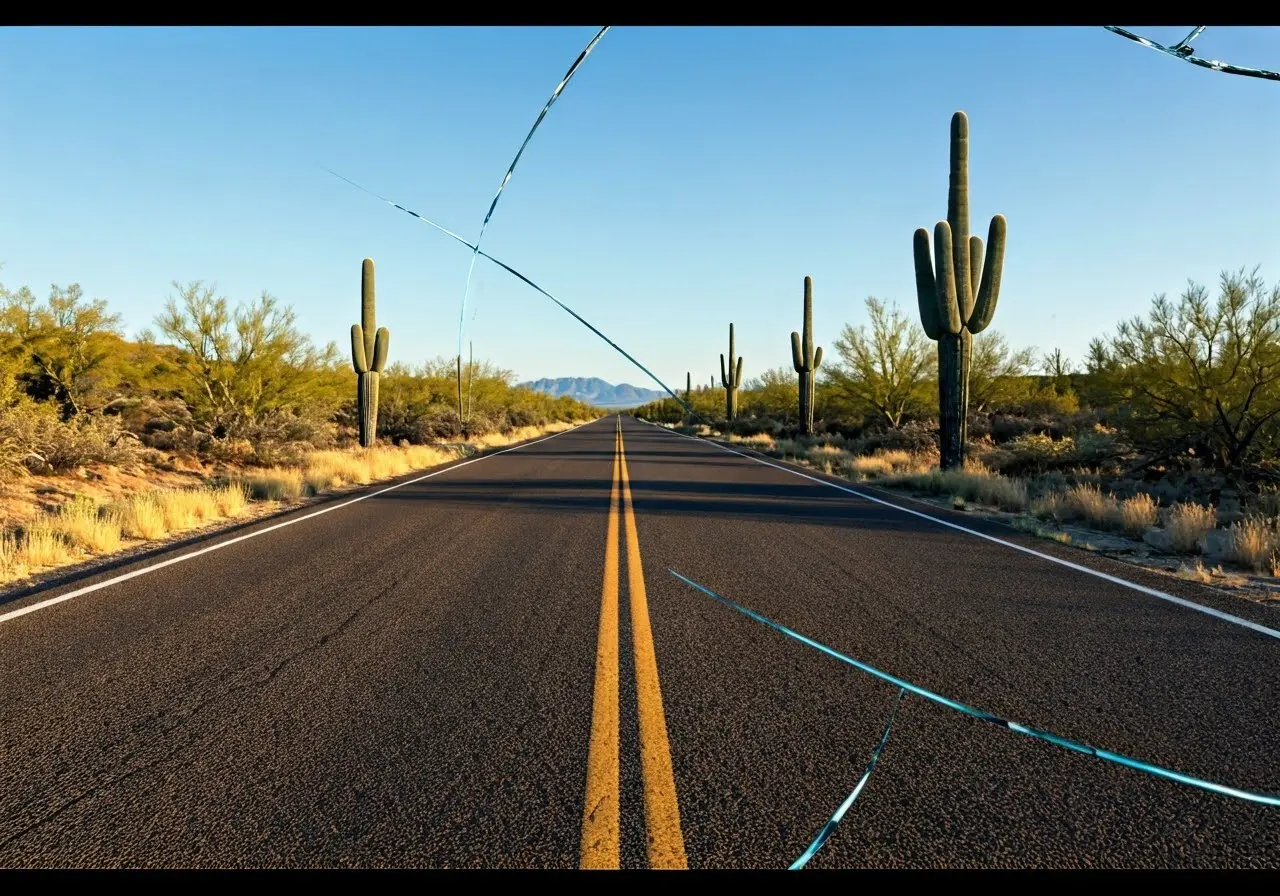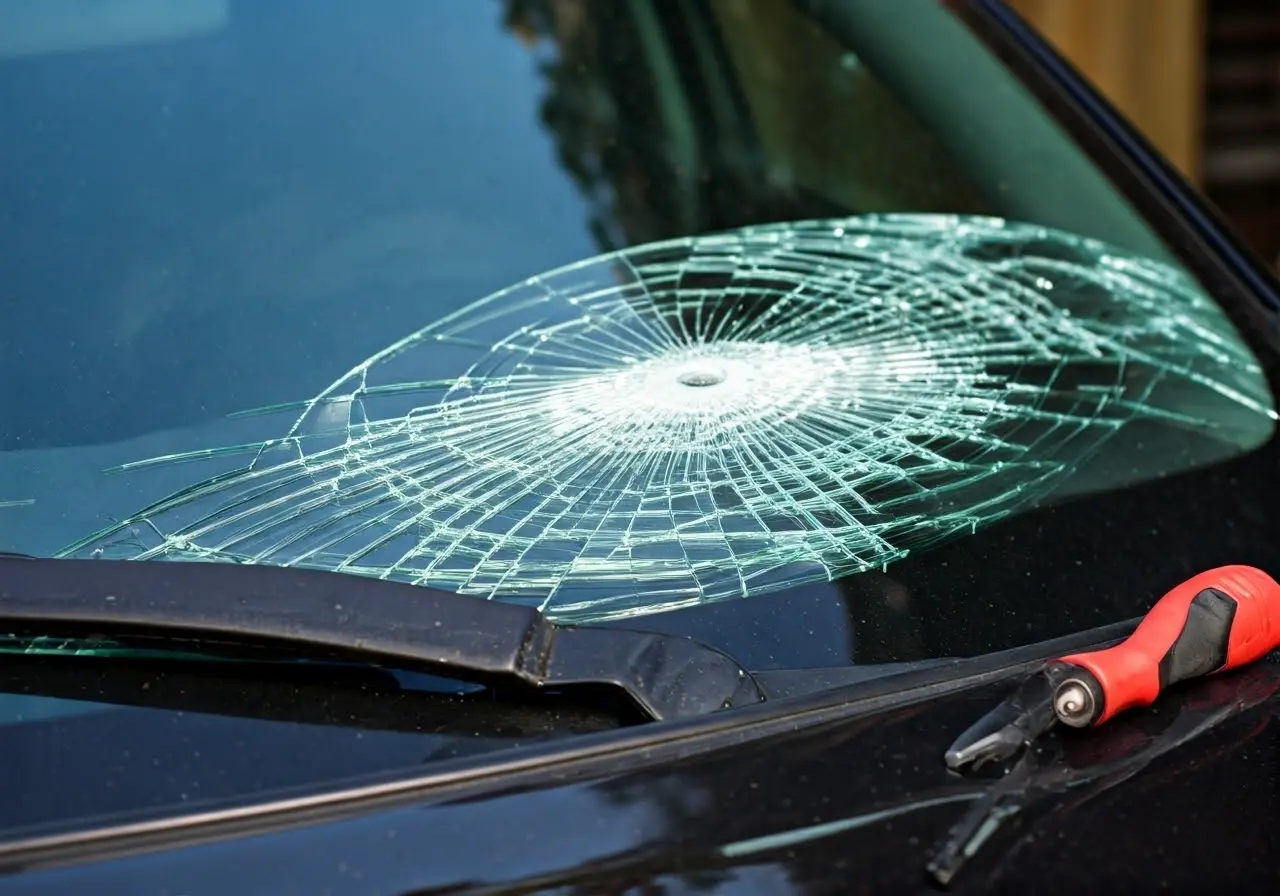Windshield replacement is essential for maintaining clarity and safety on the road. However, many car owners worry about the impact this process might have on their vehicle’s sensors. In this blog, we’ll explore if replacing your windshield can affect sensor calibration, and what you need to know to keep your safety features functioning properly.
Understanding Vehicle Sensors and Their Importance
Modern vehicles are equipped with various sensors for features like lane-keeping assist, automatic emergency braking, and adaptive cruise control. These sensors are often located near or on the windshield, making them susceptible to changes if the windshield is replaced.
The integration of these sensors into your vehicle systems is no trivial matter. They gather critical data that helps drivers maintain control, avoid collisions, and navigate complex road conditions. Without these properly functioning sensors, the level of safety and automation that we’ve come to rely on could be drastically reduced.
It’s also noteworthy that these advanced driver-assistance systems (ADAS) are becoming increasingly common in new vehicles. According to various industry reports, a majority of new car models now come with some form of ADAS, which underscores the need for a keen understanding of how windshield replacement can impact them.
How Windshield Replacement Could Affect Sensors
Replacing a windshield might seem straightforward, but without proper care, it can lead to misalignment of the sensors mounted on or around it. This misalignment can potentially affect the vehicle’s safety systems.
It’s not just about installing a new piece of glass, but ensuring that all components, especially sensors, are placed correctly to work in harmony. When sensor alignment is off, it can lead to false readings or even failure to detect obstacles, which can be extremely hazardous.
For instance, if your car’s camera-based sensors are displaced even slightly, systems like lane departure warning or automatic emergency braking may not trigger when needed. This is why precision and expertise are paramount when conducting a windshield replacement.
The Importance of Recalibration Post Replacement
After a windshield replacement, recalibrating your car’s sensors is crucial. This process ensures that all safety features are properly aligned and functioning as intended, thus maintaining your vehicle’s safety integrity.
Recalibration is not a DIY task, as it requires specialized equipment to adjust and test the sensors to ensure they’re reading data accurately. The importance of this step cannot be overstated; skipping it could jeopardize the functioning of essential safety systems.
Many manufacturers recommend or even require recalibration of sensors after a windshield replacement. You should always check your vehicle’s manual for specific instructions and take the necessary steps to have recalibration completed by a professional.
Choosing the Right Service Provider for Recalibration
Selecting a service provider with expertise in both windshield replacement and sensor recalibration is key. Ensure that they have the necessary tools and experience to handle your vehicle’s specific needs.
At BigTime Glass, we offer comprehensive services that include state-of-the-art sensor recalibration post-replacement. Our team is trained in the latest technologies to ensure your vehicle’s sensors are working perfectly.
Look for providers who are certified and have positive reviews from previous customers. It is crucial to choose a provider that complies with the manufacturer’s guidelines for recalibration procedures.
A good service provider will also offer a warranty on their work, giving you peace of mind that your vehicle is in good hands. Always ask about warranty and post-replacement support services.
Ensuring Optimal Sensor Performance After Windshield Replacement
While windshield replacement is an important service for your car, it’s crucial to recognize the potential effects on sensor calibration. By understanding the importance of recalibration and choosing a qualified service provider, you can ensure that your vehicle’s safety features continue to function optimally post-replacement.



